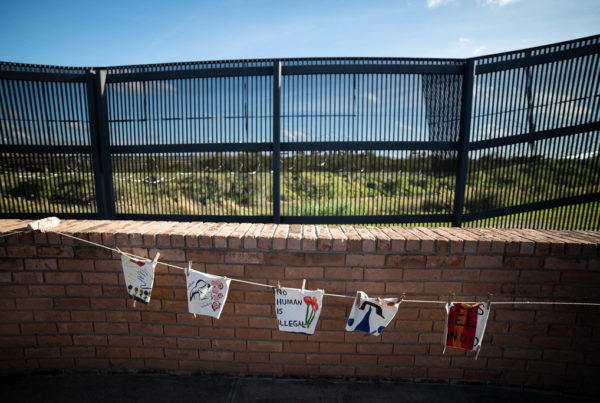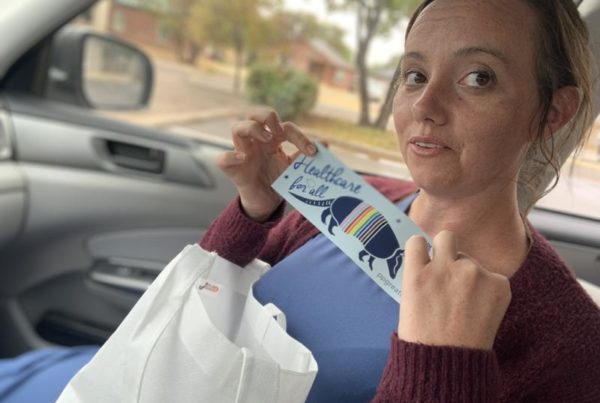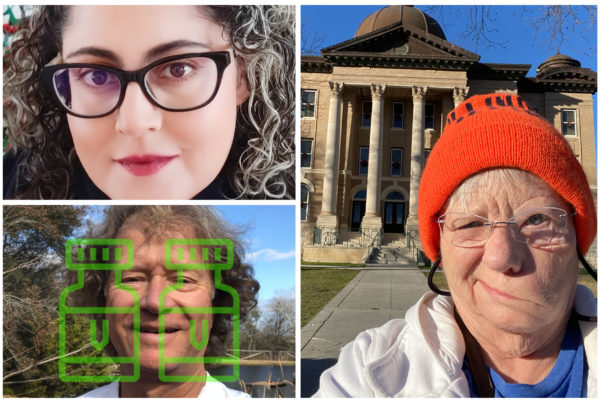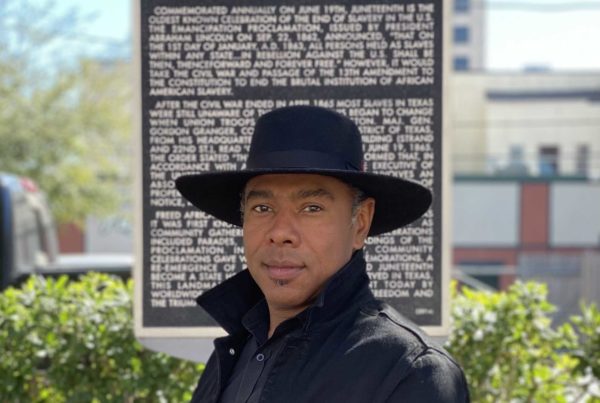From Texas Public Radio:
When a massive fire broke out at the Intercontinental Terminals Company (ITC) in 2019, a thick plume of smoke blanketed parts of east Harris County for several days. Hospital admissions for asthma increased by about 65% compared to the same time in 2018, according to county data.
A Deer Park 911 dispatcher named Brandy fielded calls as residents’ phones began to buzz and beep with shelter-in-place notifications on the first morning of the fire.
“All we can tell you is that the city manager’s office and the emergency management office have requested a shelter in place,” she told one caller. “Yeah, stay home. They request you not to be out and about. Make sure your doors and windows are shut, and turn your air conditioners off.”
The fire burned for days and affected neighboring cities.
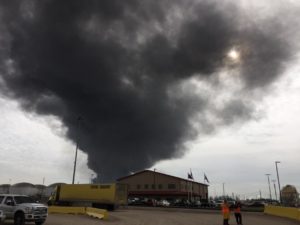
The fire has caused a massive smoke cloud that can be seen from the ITC facility in Pasadena.
“There was a plume of black smoke that came over parts of Pasadena, and it continued for a couple of days,” said Patricia Gonzales, the founder of Caring for Pasadena Communities. “So I got sick, with my asthma getting worse — and just having problems breathing, just from the stuff that was in the smoke.”
The City of Pasadena is home to about 150,000 people. The majority are Hispanic, earn lower incomes and are uninsured at higher rates than the rest of Harris County.
“These are generally communities of color or low income that are most at risk from industrial hazards,” said Corey Williams, the research director at Air Alliance Houston, an environmental advocacy group. “In Texas, I don’t think there’s another region so beset by industrial hazards as the Houston Ship Channel.”
Coupled with the clustering of industrial facilities is a lack of public information. The State of Texas has classified most information about these facilities. It’s often difficult to know what type and quantity of chemicals a given site is handling, even though many of these sites are located very close to residential areas.
And in Pasadena, the Texas Commission on Environmental Quality only has one air monitor. So, Gonzales and other clean-air advocates are taking matters into their own hands by installing their own air monitors.

The Houston skyline is visible in the distance over an artificial hill — a pile of dredged material from the bottom of the Ship Channel, placed right next to a Galena Park neighborhood and across the street from a baseball field.
Dominic Anthony Walsh
“The point is, you want to monitor (the air) before there’s an explosion, so if there’s anything that’s been released in the air from the chemical companies, we’re aware of it ahead of time,” she said. “So that we can prepare the people in that community — and letting them know what’s in the air, what they can do about it, and how to fight.”
Across the Ship Channel in Galena Park, Jean Vega also felt the effects of the ITC fire. At the time, he was 16 years old.
“My whole chest — it just hurt a lot,” he said. “And every time in the morning, it would hurt again. I also had a really sore throat. It was just not a very fun experience. I was wondering if it was gonna shorten my lifespan, or I was gonna have any, like, chronic effects. I didn’t want to end up having some kind of, I don’t know, lung problems somewhere down the line.”
The intense chest pain lasted about a week.

Jean Vega, right, experienced severe chest pain during the ITC fire. His stepdad, Juan Flores, said Vega almost never got sick before the fire.
Dominic Anthony Walsh
His stepdad, Juan Flores, is a lifelong resident of Galena Park. He also manages a community air monitoring program for Air Alliance Houston, and he collaborates with Patricia Gonzales’ organization, Caring For Pasadena Communities.
“It’s now getting to the point where here locally, we have to get together as a community to defend ourselves,” he said.
These monitors can’t prevent a fire like the one at ITC, or even day-to-day pollution. The larger goal is to fight back against the expansion of the chemical industry by showing the impact of existing emissions on the area’s air. That fight often happens during the TCEQ permitting process, where companies request the state’s permission to emit pollutants.
“We all know where there’s pollution. We know it. I mean, we’ve said it for years. You can smell it. We experienced it,” Flores said. “You can say it all you want. But the officials — TCEQ and them — they’re gonna be like, ‘Well, what proof you got?’ So that’s why we’re getting these monitors… that way, they can’t tell us anymore, ‘Well, you know, you’re saying it is. What proof do you have?’ We got proof. This is how we defend ourselves.”
With new installations last month, Air Alliance Houston now has more Pasadena-based air monitors than the state environmental agency.




